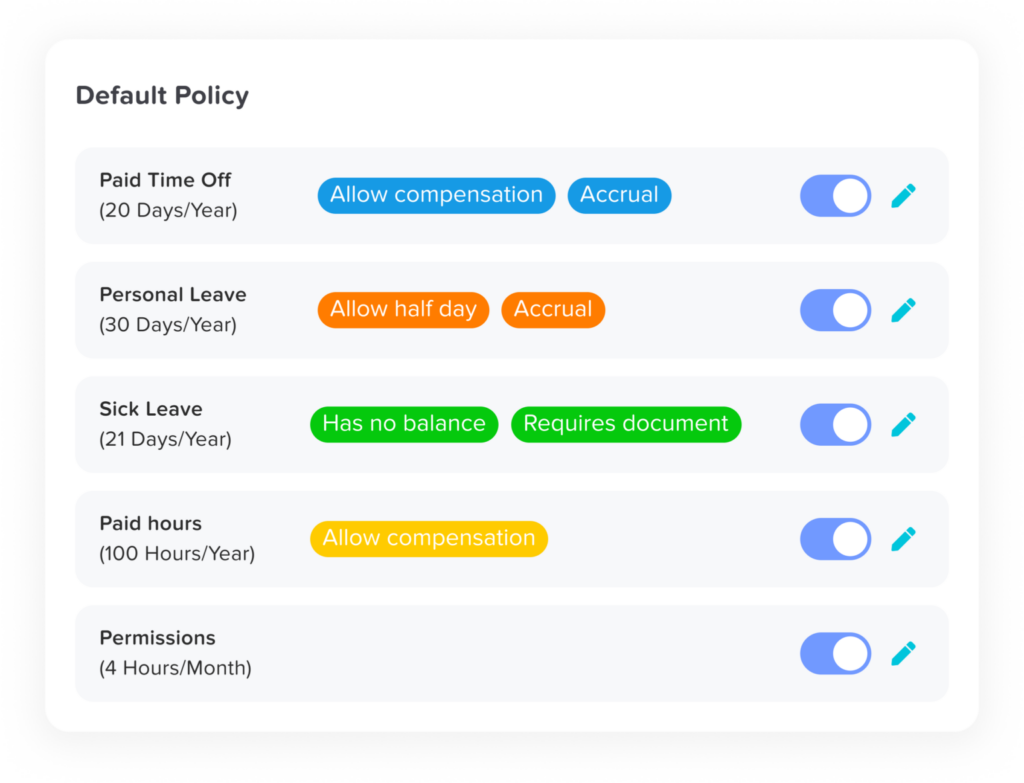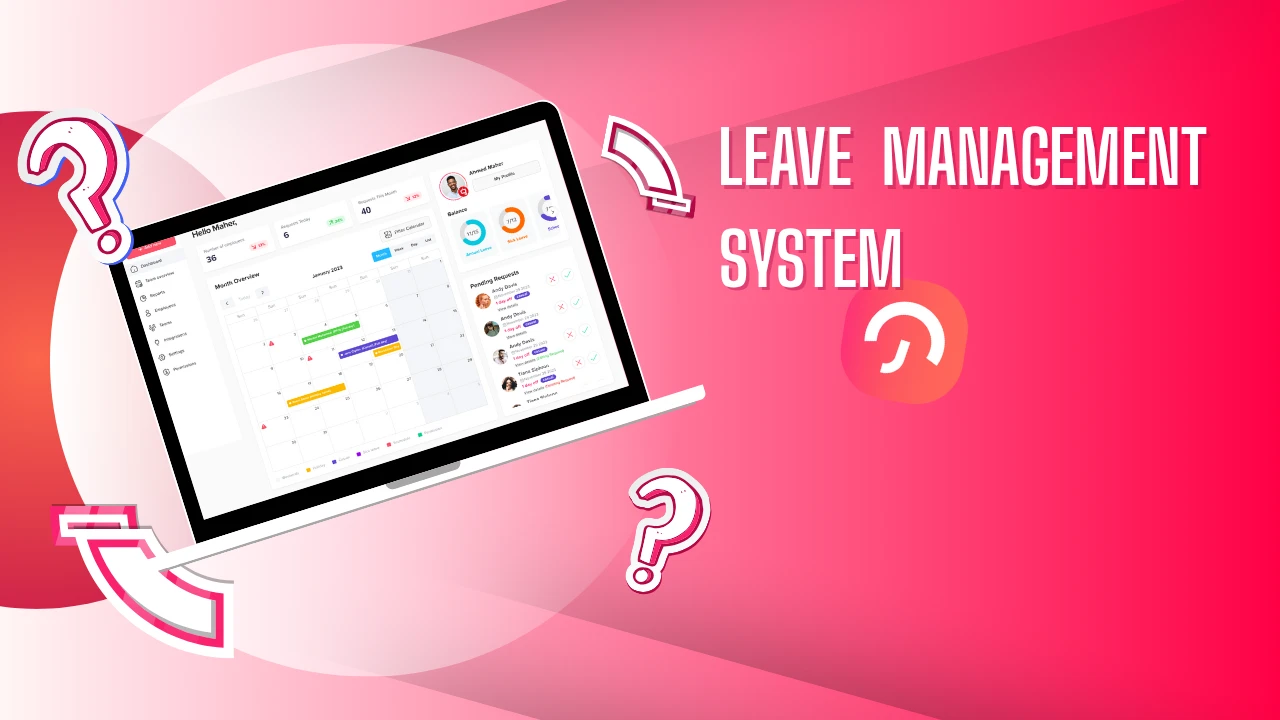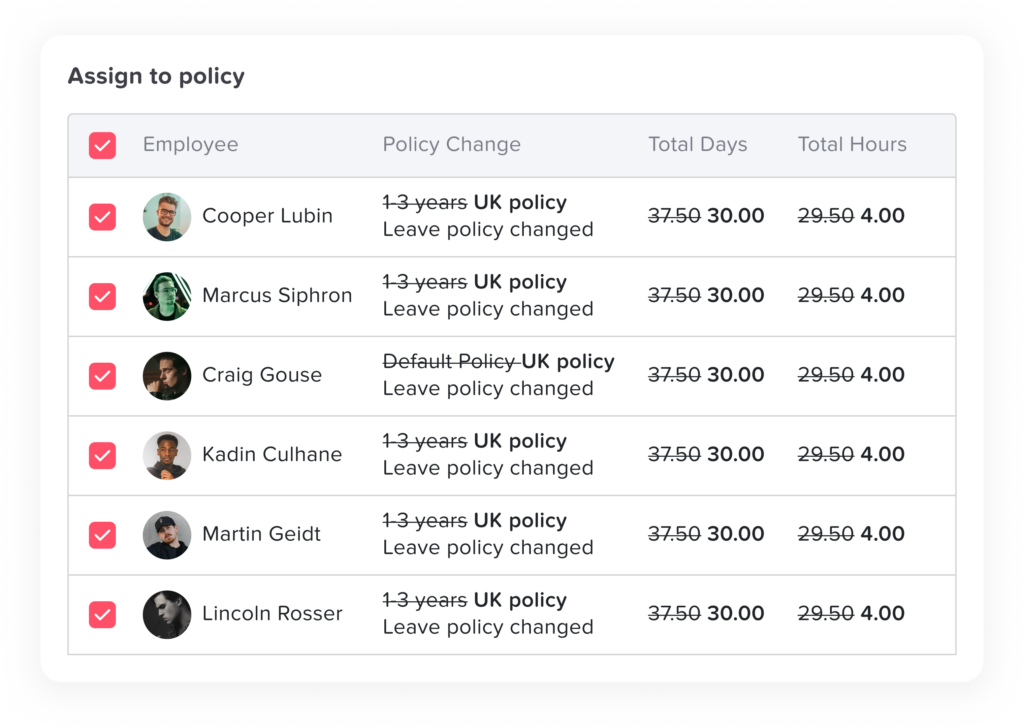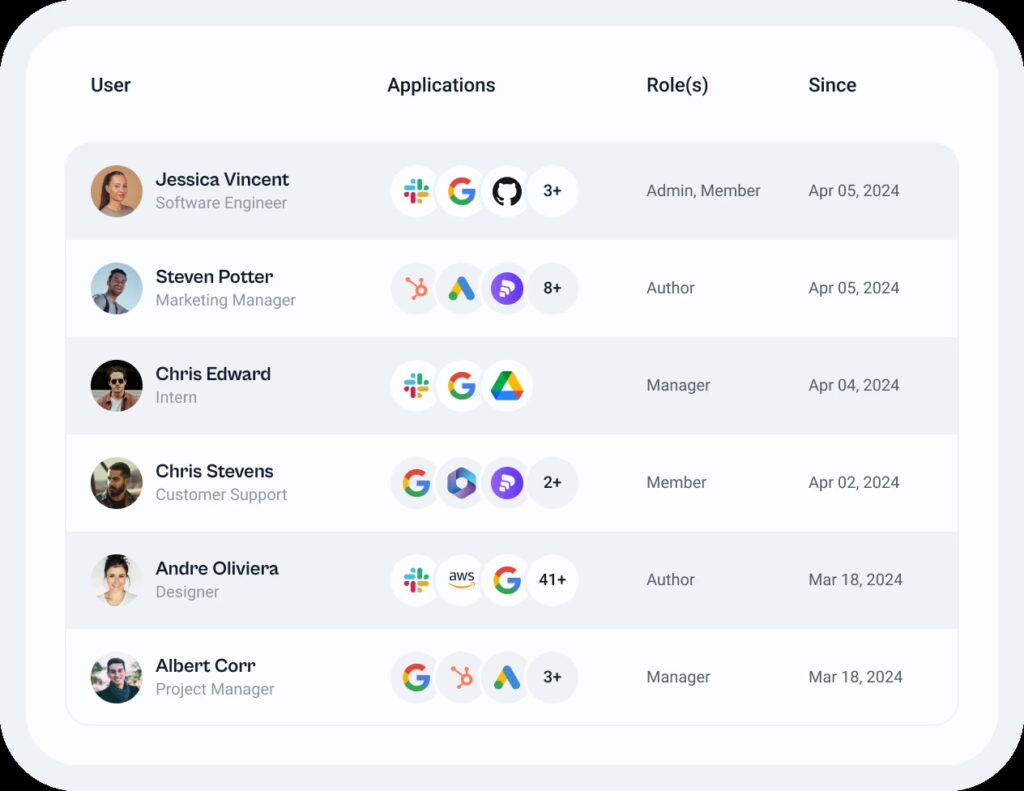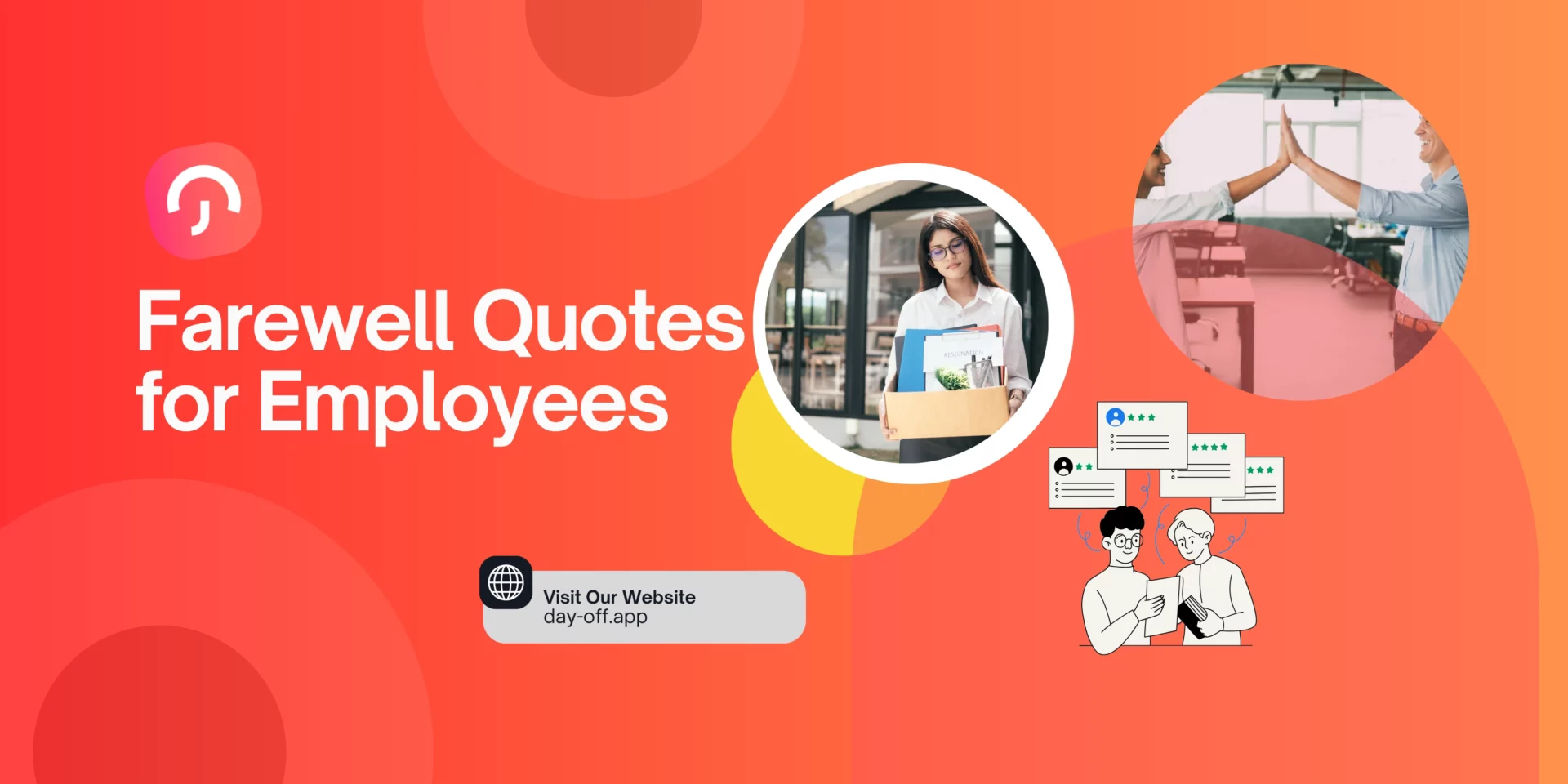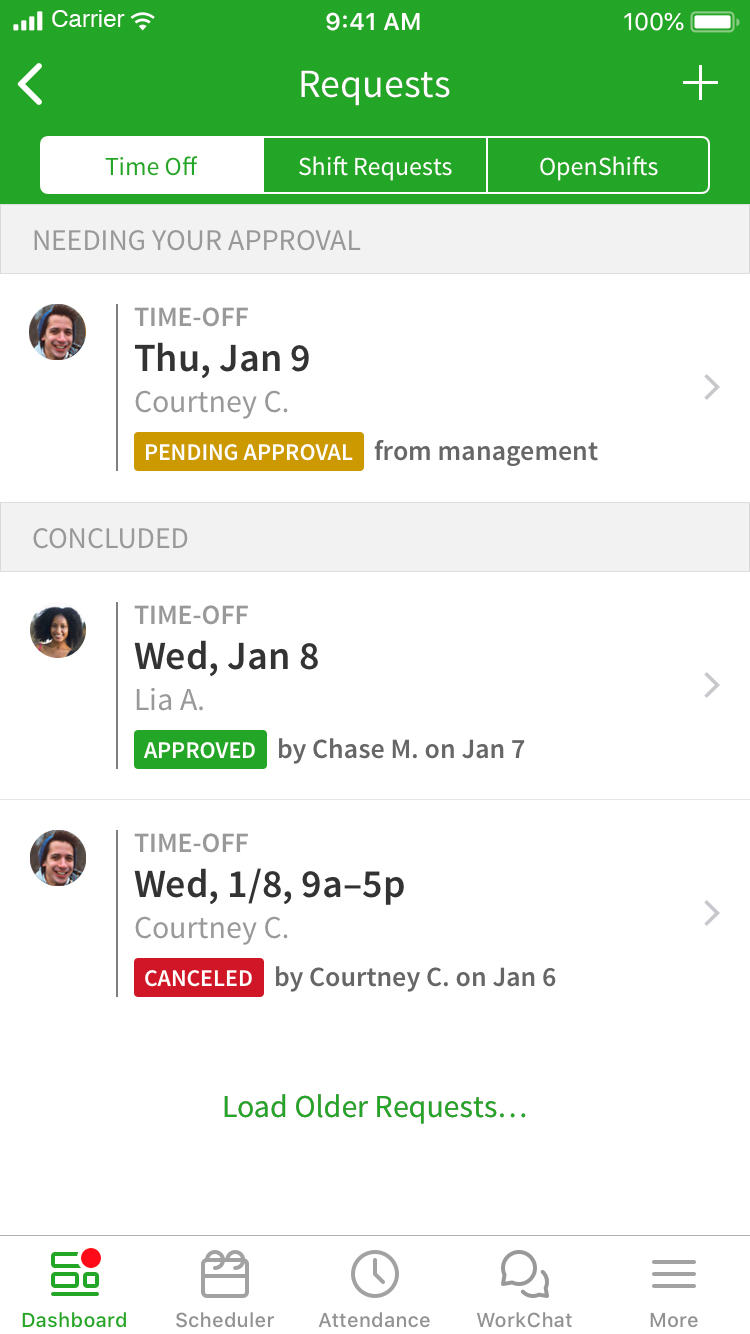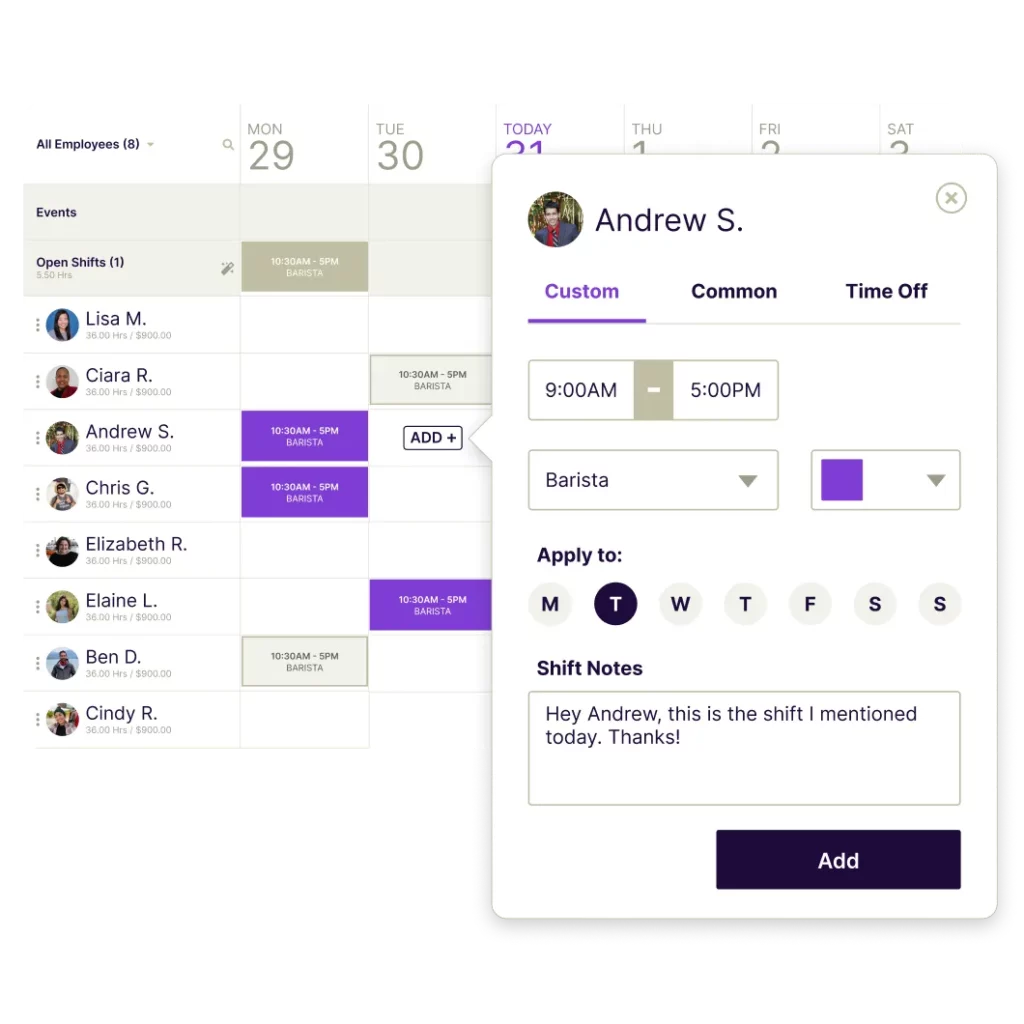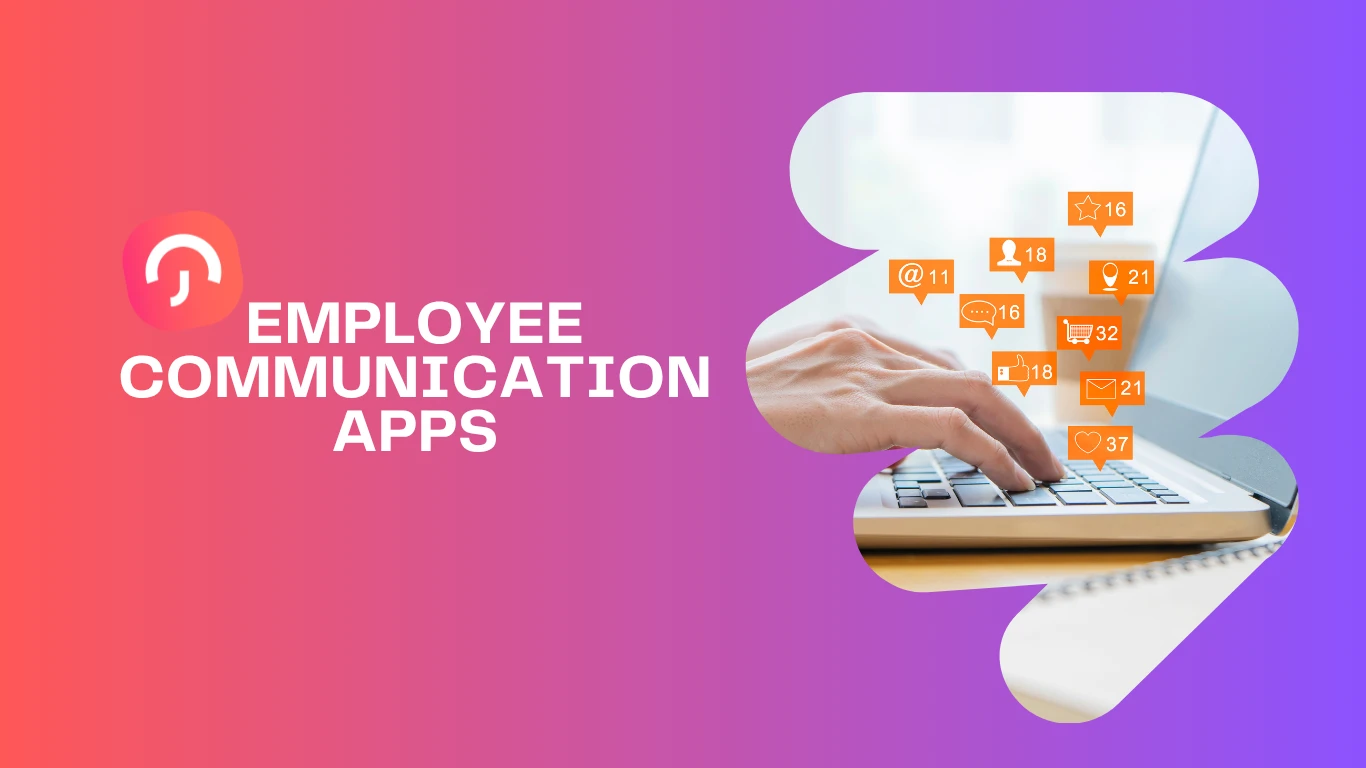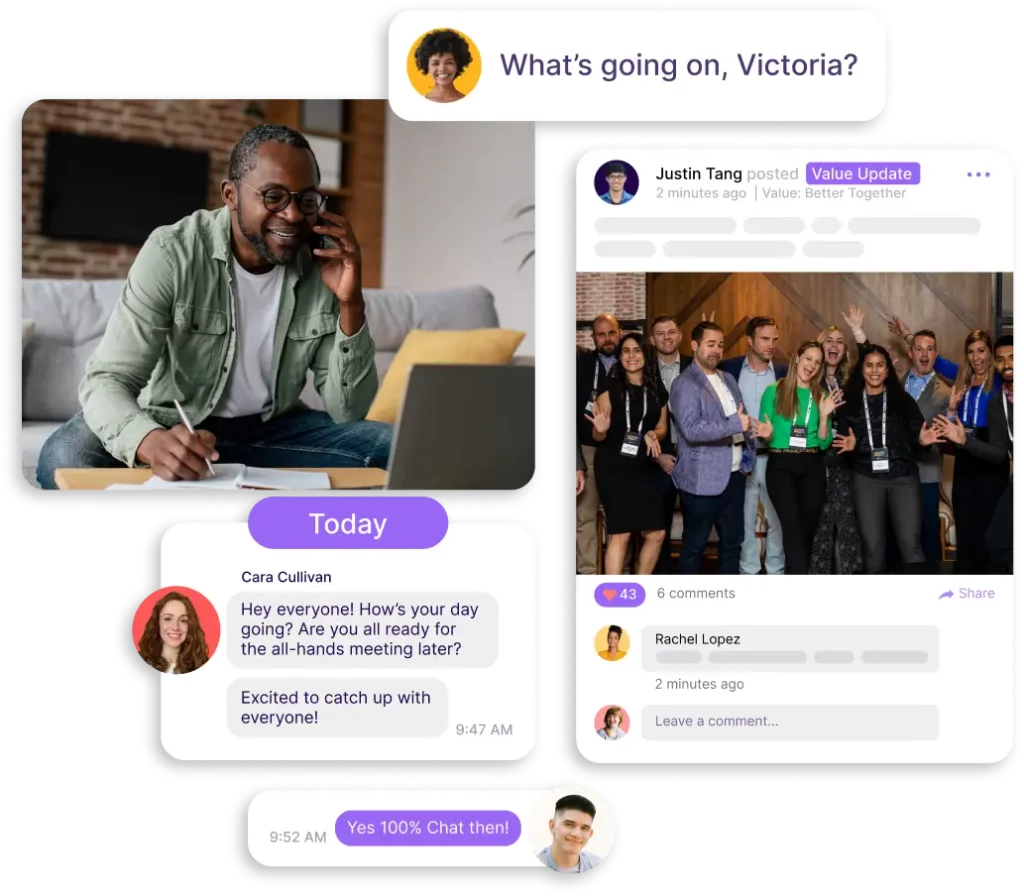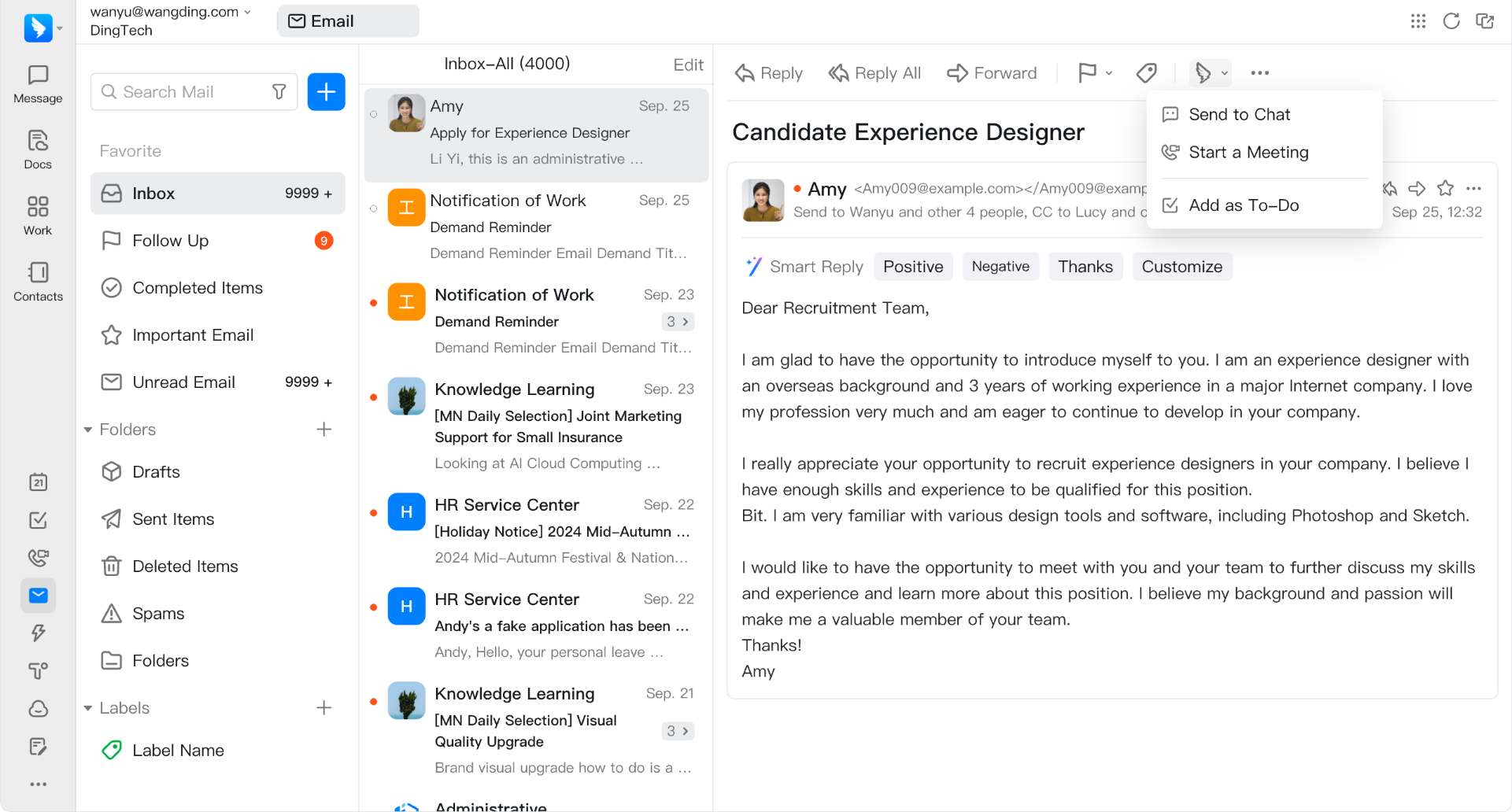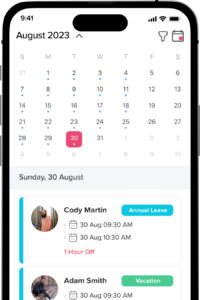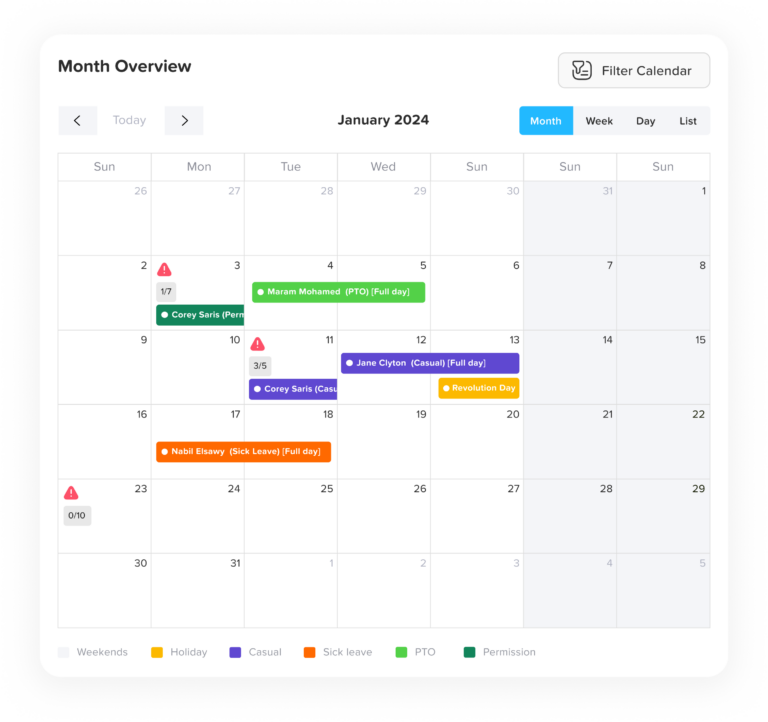Understanding employee benefits like Paid Time Off (PTO) is essential for both employers and employees. Among these benefits, “PTO rollover” is a concept that often sparks questions and requires careful consideration. PTO rollover allows employees to carry unused vacation or leave days from one year to the next, providing flexibility and ensuring that earned time off is not wasted.
This article explores PTO rollover in depth, covering its definition, advantages, potential challenges, legal implications, and best practices for successful implementation. Whether you are an employee looking to make the most of your time off or an employer aiming to design a fair, efficient, and compliant PTO policy, this guide will provide the insights and tools you need to navigate PTO rollover effectively.
What is PTO Rollover?
PTO rollover refers to the policy that allows employees to carry over unused paid time off from one calendar or fiscal year to the next. Instead of forfeiting unused vacation, sick, or personal days, employees retain the opportunity to use them in the future. However, the specific terms governing PTO rollover can vary widely among organizations and are often influenced by regional labor laws.
A Practical Example:
Consider an employee who accrues 20 PTO days per year but uses only 15. Under a PTO rollover policy, the remaining five days might be carried into the next year. Depending on company policy, these days may need to be used within a certain period or accumulate indefinitely.
Understanding the nuances of PTO rollover policies is essential for both parties. Employees can better plan their time off, while employers can create systems that balance flexibility and operational efficiency.
Why PTO Rollover Matters
For Employers:
Financial Liabilities:
Unused PTO represents an accrued financial liability on the company’s balance sheet. This is particularly relevant if the company allows indefinite rollover or pays out unused PTO.Operational Disruptions:
Allowing employees to accumulate large amounts of PTO can lead to extended absences that disrupt workflow. Employers must carefully manage and monitor PTO balances to avoid this issue.Complex Policy Management:
Drafting, implementing, and managing a PTO rollover policy requires clear guidelines and regular updates. Policies need to balance fairness to employees with the company’s operational needs.
For Employees:
Procrastination Risks:
Employees may delay taking PTO indefinitely, potentially leading to burnout. Over time, they might not fully benefit from their earned time off.Confusion Around Policies:
Vague or overly complex policies can lead to misunderstandings and disputes. Employees need clarity on rollover limits, expiration periods, and other terms.
Day Off Leave Tracker Software
Day Off is a versatile leave management platform designed to simplify every aspect of employee time-off tracking, including Paid Time Off (PTO) rollover policies. PTO rollover allows employees to carry over unused vacation days or leave balances from one year to the next, ensuring that their earned benefits are fully utilized without being lost due to administrative oversight. Day Off provides the tools and automation needed to handle this process seamlessly, reducing errors and administrative workload while keeping employees informed.
With Day Off, HR managers can set clear PTO rollover rules directly within the system, including limits on the maximum number of days that can be carried over, eligibility criteria based on tenure, or specific departmental policies. The platform automatically calculates and updates each employee’s rollover balance at the end of the year or designated rollover period, eliminating manual calculations and potential mistakes.
Day Off Features:
Customizable Leave Policies
Day Off offers fully customizable leave policies, allowing organizations to define multiple leave types and assign tailored rules for each. You can create policies that match your company’s unique structure, whether it’s vacation, sick leave, parental leave, or other PTO categories. The platform supports accrual-based systems, where employees earn leave based on tenure, hours worked, or other criteria you define. Additionally, rollover rules can be precisely configured, enabling employees to carry over unused leave from one period to the next. You can also set caps on rolled-over days, ensuring that leave balances remain manageable and aligned with company policy. This flexibility ensures that your leave management system reflects both business requirements and employee needs.
Accrual and Carryover Settings
Within Day Off’s leave policy settings, HR administrators can configure detailed accrual and carryover rules for each leave type. This includes defining how leave is earned over time, offering options for half-day accruals, permitting negative balances if necessary, and establishing precise carryover limits. These automated settings guarantee that PTO rollover is calculated correctly without manual intervention. By handling accruals and carryovers automatically, the system eliminates errors, ensures compliance with company policies, and simplifies end-of-year leave management for HR teams.
Employee Self-Service
Day Off empowers employees with real-time access to their leave balances and entitlements, including any rolled-over PTO. Through the self-service portal, employees can easily submit time-off requests, check approval status, and plan their leave schedules effectively. This transparency ensures that employees always understand their available PTO and any rollover allowances, which fosters fairness, reduces confusion, and helps maintain a healthy work-life balance. By giving employees visibility and control over their leave, the platform promotes engagement and satisfaction.
Automated Notifications
The platform streamlines communication by sending automated notifications to both employees and managers regarding leave requests, approvals, rejections, and changes to leave balances. Notifications include details on PTO statuses and rolled-over leave, ensuring that everyone is fully informed. This automation reduces the chances of misunderstandings, missed approvals, or policy violations. By keeping all parties updated in real time, Day Off strengthens accountability and ensures smooth leave management across the organization.
Reporting and Analytics
Day Off provides comprehensive reporting and analytics tools that give HR and management complete visibility into leave trends, PTO usage, and balances. Reports can highlight rollover usage, identify potential leave gaps, and track compliance with company policies. These insights enable informed decision-making for workforce planning, helping managers allocate resources efficiently and anticipate staffing needs. By leveraging these analytics, organizations can optimize operational efficiency while ensuring that employees are taking their entitled leave, ultimately supporting productivity and employee well-being.
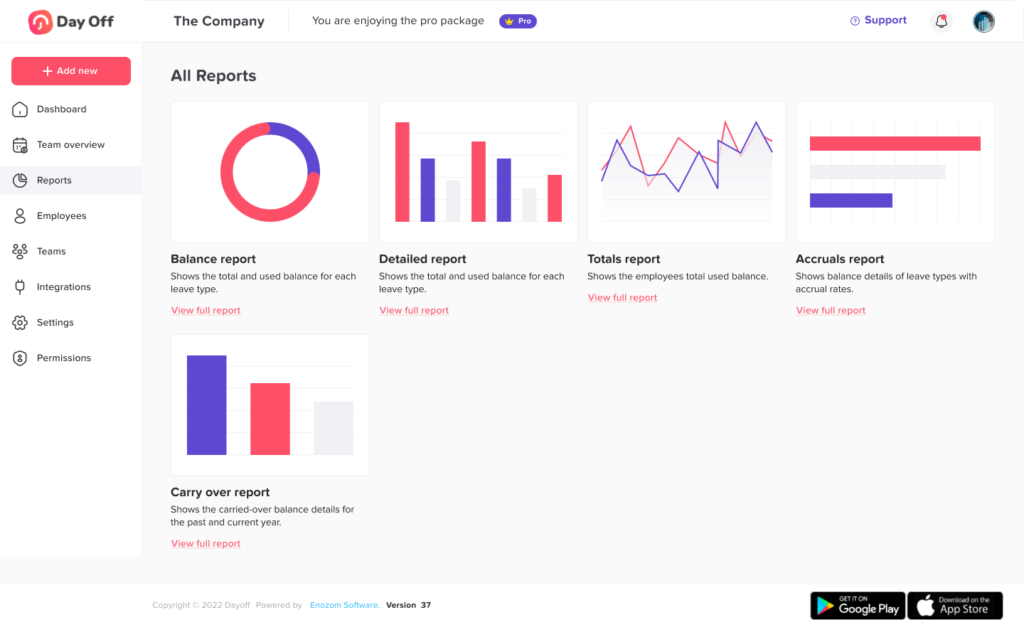
Common PTO Rollover Models
PTO carryover policies can vary significantly depending on organizational priorities and budget constraints. Below are some common models:
Unlimited Rollover:
Employees can carry forward all unused PTO without restrictions. While this model is highly employee-friendly, it can lead to significant financial liabilities for employers.Capped Rollover:
A limit is set on the number of PTO days employees can carry over. For example, a company might allow only 5 or 10 unused days to roll over.Expiration Policies:
Rolled-over PTO must be used within a certain timeframe, such as 6 months or a year. This encourages employees to utilize their PTO without creating indefinite liabilities.Cash-Out Options:
Instead of rolling over unused PTO, employees are compensated for unused days. This can be a win-win, as it eliminates the rollover liability for employers while providing employees with immediate financial benefits.
Legal Considerations for PTO Rollover
Labor laws governing PTO policies vary significantly by jurisdiction. Employers must ensure their policies comply with federal, state, and local regulations to avoid legal issues.
Key Points to Consider
Prohibition of Forfeiture
In certain states, such as California, “use-it-or-lose-it” policies are prohibited by law. Employers must either allow employees to roll over unused PTO or provide a payout for accrued time.Maximum Accrual Caps
Employers may establish limits on the maximum amount of PTO employees can accrue. However, in regions with stricter laws, earned PTO cannot be forfeited once the cap is reached. Instead, accruals may temporarily pause until the balance falls below the cap.Tax Implications
If employers offer cash-out options for unused PTO, they must account for payroll taxes and comply with reporting requirements. Proper handling of these obligations is essential to ensure accurate tax filings and avoid penalties.

FAQs About PTO Rollover
Can PTO rollover policies vary within the same organization for different employee groups?
Yes, PTO carryover policies can differ across employee groups based on factors such as job roles, seniority, or union agreements. However, it is essential to ensure that these variations comply with labor laws and are clearly communicated to employees to prevent misunderstandings.
What happens to PTO if an employee leaves the company?
In many jurisdictions, employers are required to pay out unused PTO when an employee leaves the company. This typically includes any rolled-over PTO, but specific policies and legal obligations vary by region. Employers should consult legal experts to ensure compliance.
How does PTO rollover impact employee morale?
PTO rollover can positively impact morale by providing employees with flexibility to manage their time off. However, unclear or overly restrictive policies may lead to frustration. Transparent communication and fair rollover terms are crucial for maintaining employee satisfaction.
Are there industries where PTO rollover is more common?
PTO rollover is more prevalent in industries with cyclical work patterns or high workload variability, such as healthcare, education, and project-based sectors. These policies help employees accommodate busy periods while ensuring they still benefit from time off.
Can PTO rollover be applied to other types of leave, such as sick or personal days?
Yes, employers can apply rollover policies to different types of leave, such as sick days or personal days, depending on their policy structure. However, these policies should be clearly defined to avoid confusion about which leave types qualify for rollover.
How does PTO rollover affect company budgets?
PTO rollover policies can create financial liabilities as unused PTO is often considered a payable expense. Employers should account for these liabilities in their budgets and use tools like caps or expiration policies to manage costs effectively.
What role does technology play in managing PTO rollover?
Leave management platforms like Day Off can automate and streamline PTO tracking, including rollover policies. These tools reduce administrative burden, improve transparency, and help ensure compliance with both internal policies and labor laws.
Can employees donate unused PTO instead of rolling it over?
Some organizations allow employees to donate unused PTO to a shared leave bank for colleagues in need, such as those dealing with medical or personal emergencies. This option promotes a culture of collaboration and support within the workplace.
How can employers encourage employees to use PTO instead of rolling it over?
Employers can encourage PTO usage by promoting work-life balance, reminding employees of the benefits of taking time off, and offering incentives or scheduling flexibility. Regular check-ins and wellness initiatives can also reduce the tendency to postpone PTO.
Are there risks associated with allowing unlimited PTO rollover?
Yes, unlimited PTO rollover can lead to significant financial liabilities and operational disruptions due to extended employee absences. Employers should carefully assess these risks and consider implementing capped or expiration-based rollover models for better control.
Conclusion
PTO rollover is a crucial element of modern employee benefits, providing employees with the flexibility to fully utilize their earned time off while boosting satisfaction, engagement, and overall morale. For employers, a well-structured PTO rollover policy not only supports retention but also promotes a positive workplace culture and a healthier work-life balance.
Successfully implementing and managing PTO rollover requires thoughtful planning, adherence to legal requirements, and clear communication with employees. By understanding the benefits, challenges, and best practices of PTO rollover, organizations can create a fair and transparent system that maximizes leave utilization while supporting operational efficiency.
Whether you are establishing a new PTO rollover policy or refining an existing one, following a strategic and employee-focused approach ensures that both the organization and its workforce thrive, fostering loyalty, productivity, and long-term success.


